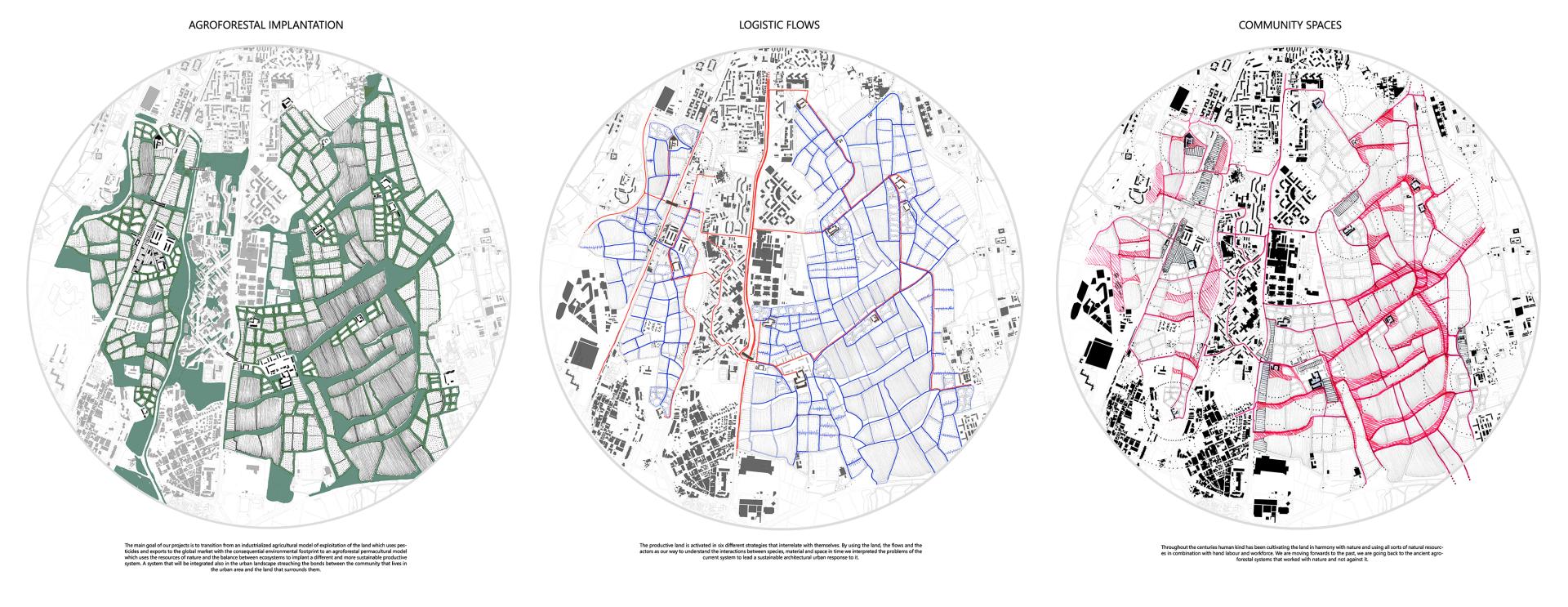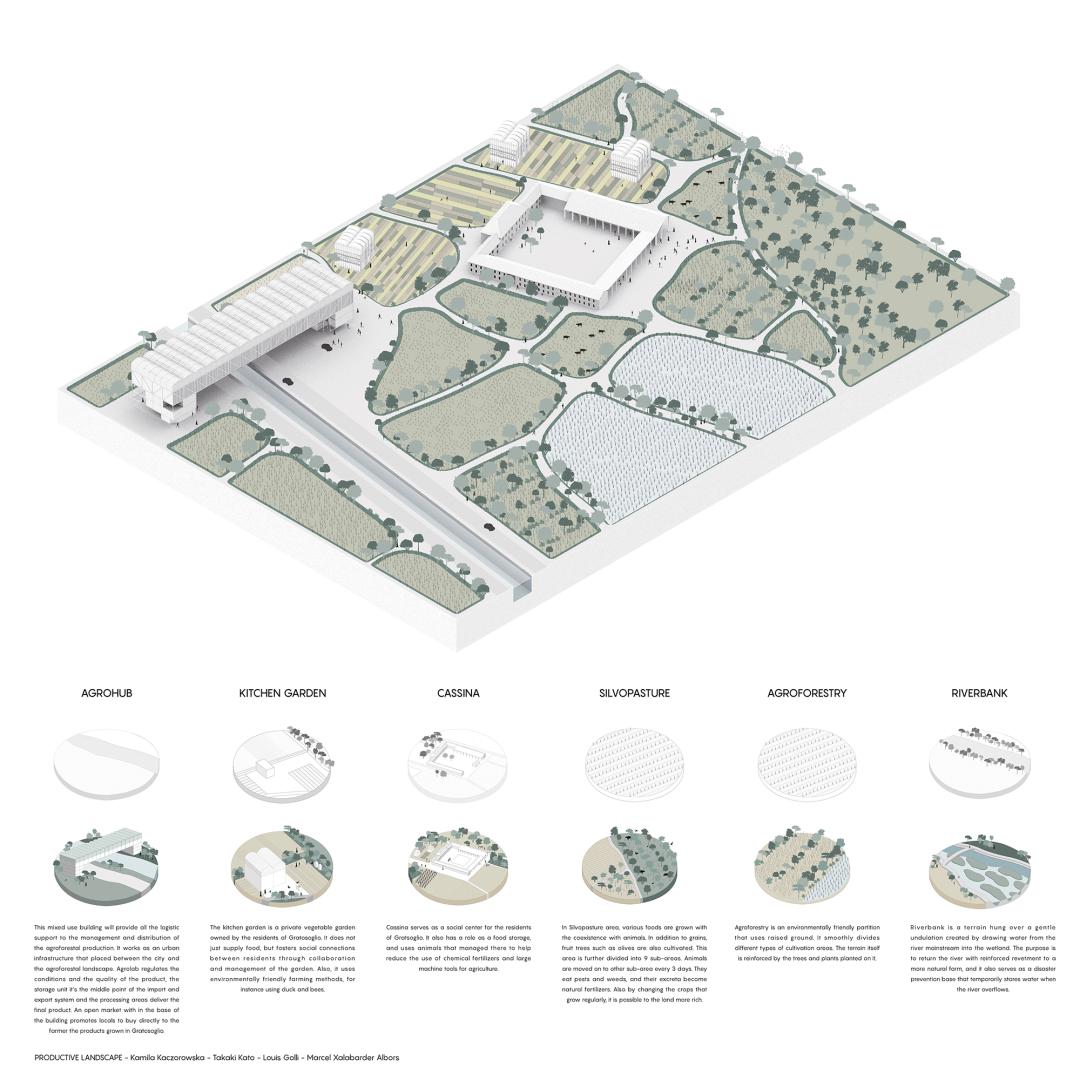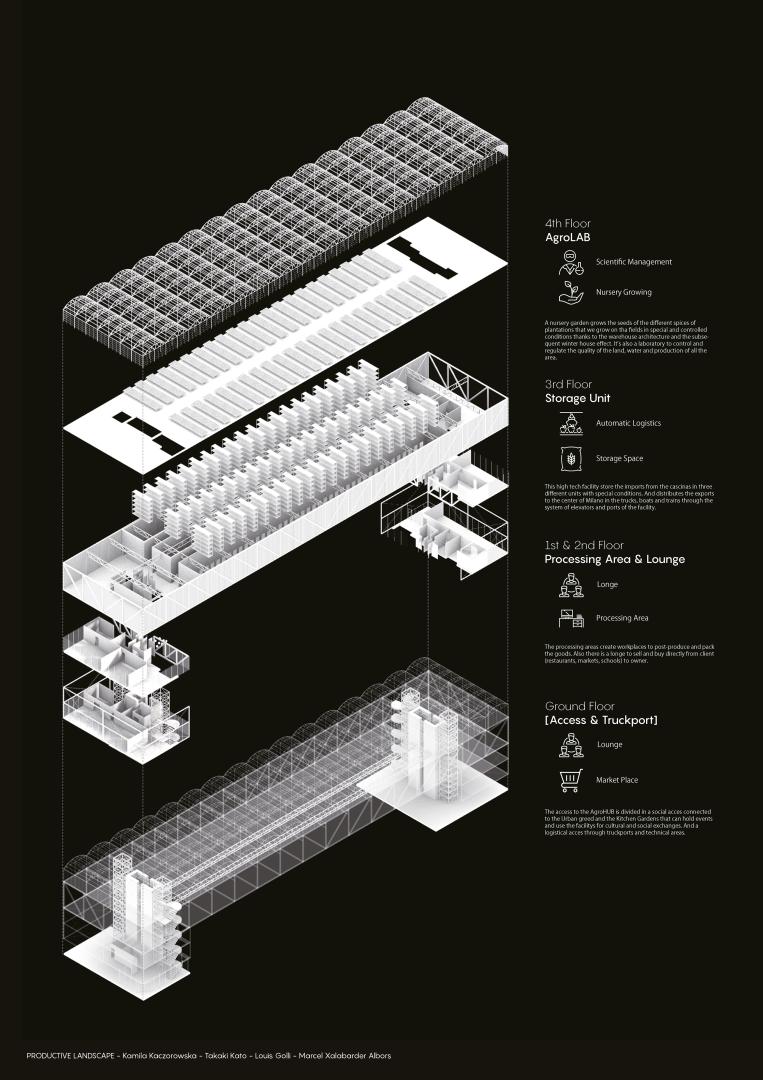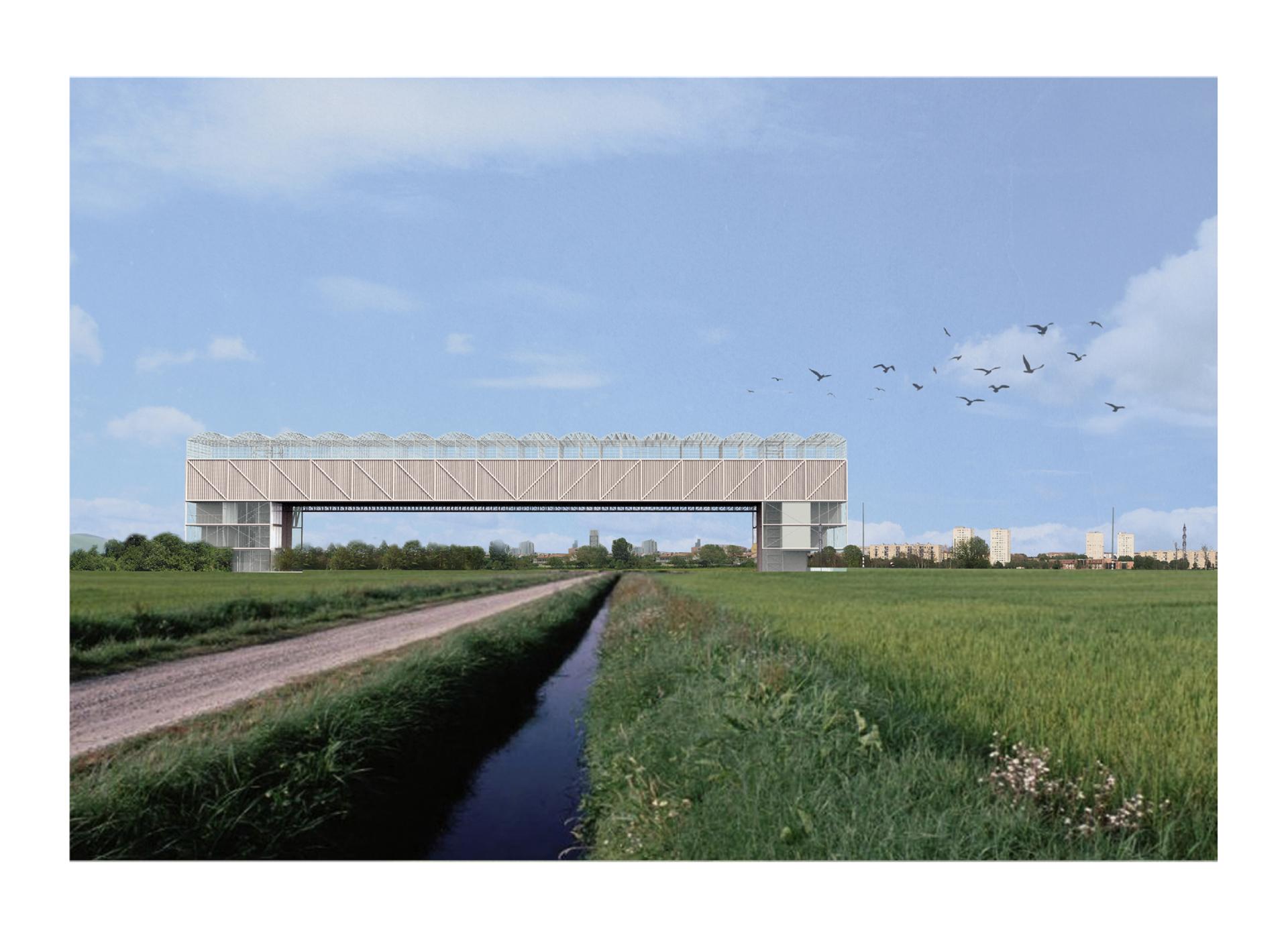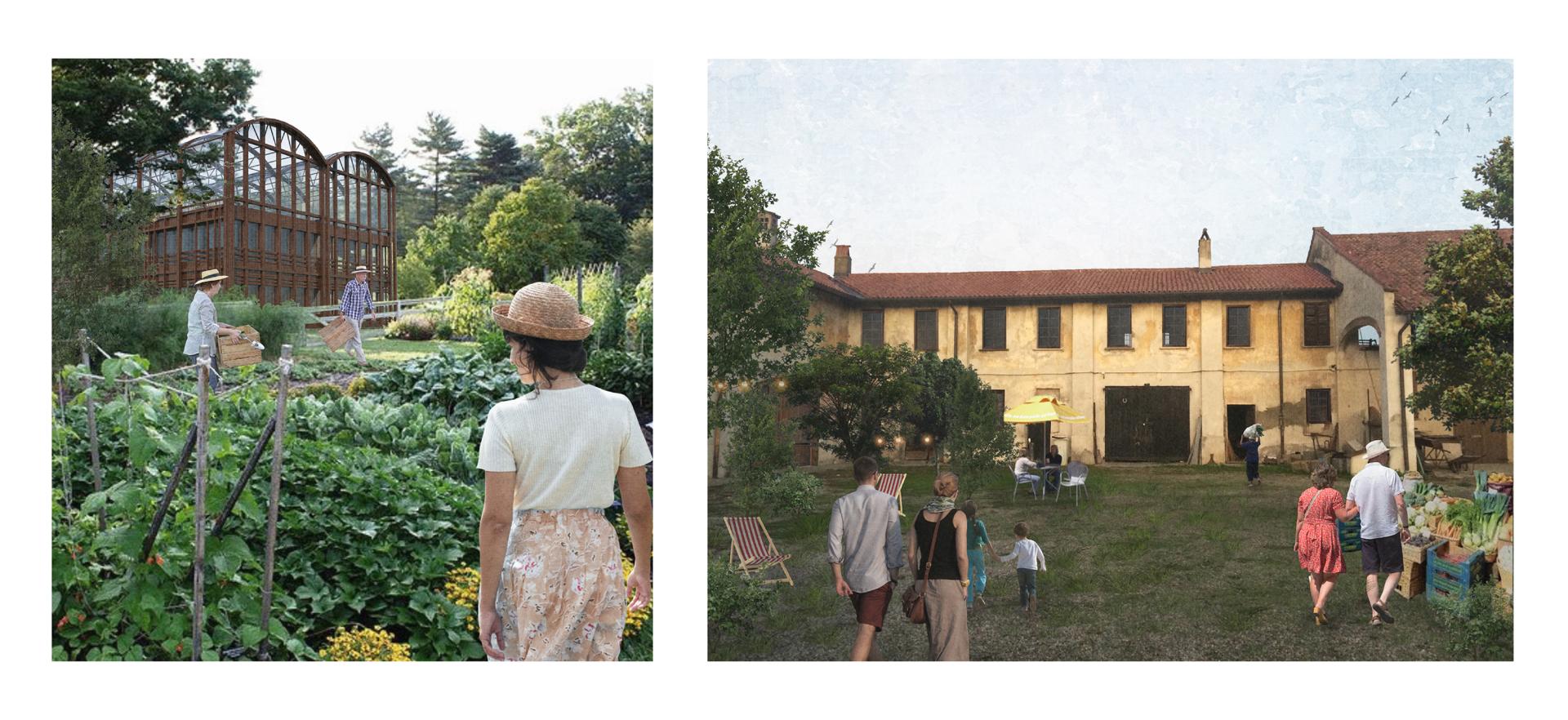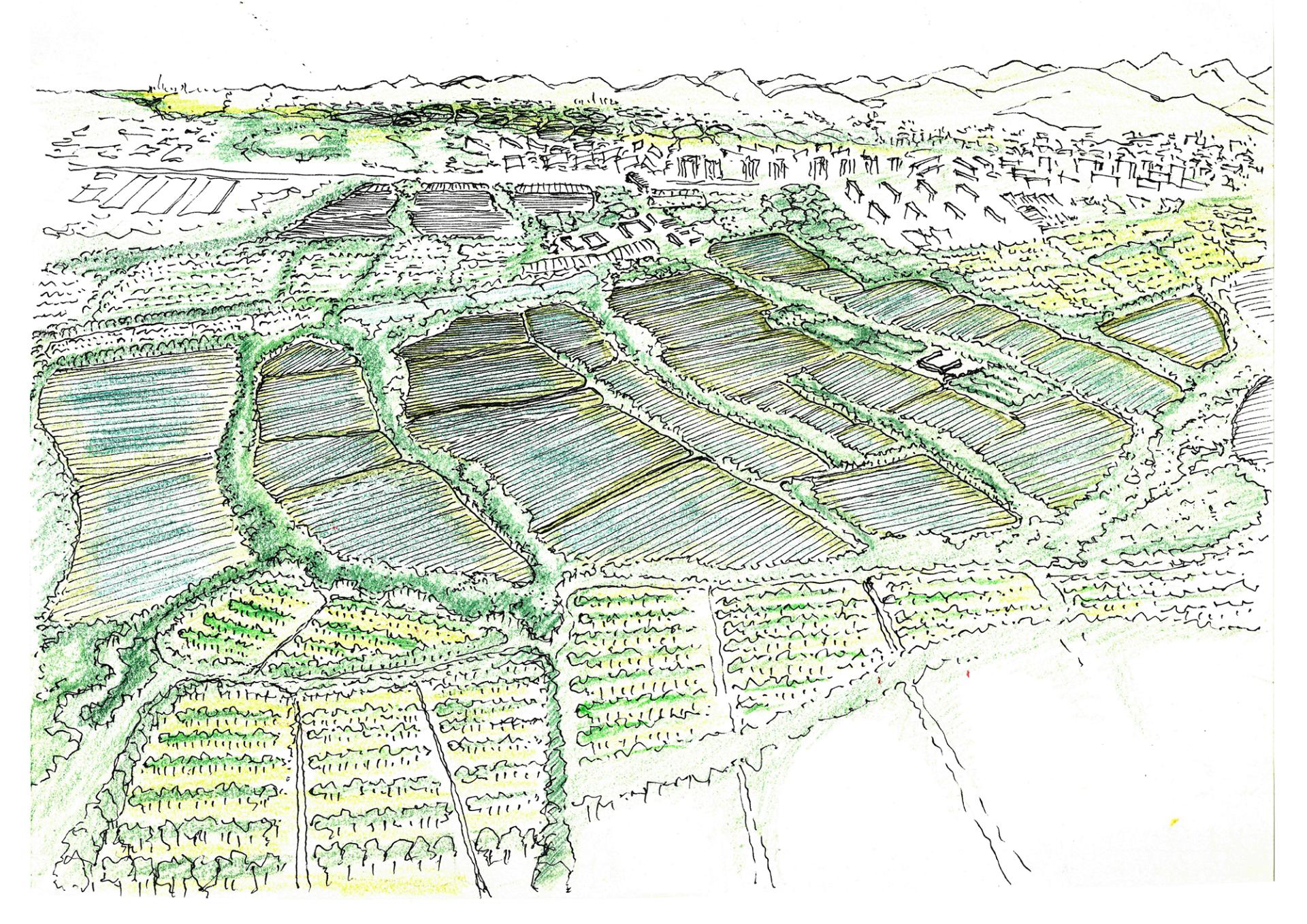Productive Landscape Initiative
Basic information
Project Title
Full project title
Category
Project Description
¿What if our cities could be engaged with the land surrounding it? Instead of inaccessible paths and barriers, green promenades that link towns and neighborhoods while introducing biodiversity to the landscape. Instead of underused agricultural facilities, Cultural hubs for young entrepreneurs and citizens. We propose a permaculture philosophic approach to engage the biodiversity imbedded in our landscapes and cities with all its inhabitants.
Project Region
EU Programme or fund
Description of the project
Summary
This Project of the Agroforestal implantation and soil regeneration has been developed in the frame of the atelier Urban Assemblages in the Faculty of Architecture LaCambre Horta of the Université Libre de Bruxelles. We explored the possibilities of transitioning from an agricultural monoculture and pesticide farming model to an Agroforestal one. The reintroduction of Green corridors, hedge growing’s and buffer zones would allow the principles of permaculture to be applied in the area. The aim of the project is to reconnect the citizens of Gratosoglio, a suburban area in the south of Milano, with its surroundings, The Parco Agricolo Sur di Milano. By engaging the civil population and the economic activity developed in the fields through a series of architectonic and landscape interventions. The landscape strategy would increase the quality of life while providing shelter for many other spices. The regeneration of the polluted Canal and its surroundings, the recreation of Sylvopasture woods and Food Forests are some of the strategies proposed. With the reinvention of the Italian Farming house know as Cascina we propose a cultural Hub for the city inhabitants to enter, experience and collaborate in a rural environment for economic development with coworking spaces and forestall schools and kitchen Gardens managed by the community. Finally we envisioned an architectural element that would activate economic development using existing infrastructure by water and land to manage the imports and exports of the Agricultural Park in a bridge like building we called AGRO HUB. All this large scale interventions start with the individual action and community engagement. That is why we believe that sharing this vision is the first step to achieve a more healthy and organic lifestyle in our cities.
Key objectives for sustainability
The first and most significant sustainable objective is the change of the economic model in the productive lands. The aim of the Agroforestal transition is to overcome the intensive use of the land and the pesticide based agriculture by proposing more sustainable model. The problem with monocultures is that are less resilient than Agroforestal ones basically because they lack diversity. They are more susceptible to plagues and weather variations and its why they need so many pesticides. This vicious circle can be changed by an ancient and more sustainable methodology; Permaculture. Human kind have been harvesting since we became sedentary society’s so this wisdom of respect and synergy with the earth is what we propose to become. An Agroforestal plantation works with the semiosis of all different species of plants, trees, insects and animals involved to become a resilient ecosystem. This ecosystem organically protects itself with existing and studied synergies that benefits all. The hole economic model of the Agricultural fields will be shifted from single use activities to a diversified program. This country side landscape that is in close contact with the urban areas of a metropolis like Milan are a great opportunity for it. With the design and implantation of an Agroforestal network we provide new and needed green spaces for the inhabitants, permeable and biodiverse soils and a qualitative economic activity.
Key objectives for aesthetics and quality
Within the frame of the project we find a vast and diverse categories of architectural and landscape interventions. From the renovation of old farms and barns to the design of the waterscapes around the canal. We focus on the experience and quality of life of the inhabitant and its connection with the landscape. Instead of inaccessible agricultural fields and narrow paths we will enjoy green promenades and parks. The transition between the city and the country side will be blurred in to paths, ponds, and bridges. All small intervention will transition from the suburban and decaying aesthetics to a more rural and bucolic one. We aim to redesign the neighborhood public space and interconnect them with the new parks. A network of public spaces and areas that will shift the current “dormitory city” paradigm for Gratosoglio. And finally the Agroforestal Implantation will rise above the ground with a big green forest that will cover all the area.
Key objectives for inclusion
A transitional project of such scale requires the proactive participation of all actors involved in its conception. Thus the inclusion of the inhabitants, business owners, farmers and commuters that actively take part of the life in Gratosoglio will be the foundation of the project. An improvement on the quality of life come with a change in the lifestyle. Thus participation process that reaches through all actors would need to be designed to set the ground in their capacity and willingness for change. Becoming a self-made handbook for the parameters of the intervention. As this process takes years to develop, a continuous engagement in all phases is needed.
Innovative character
We have studied and analyzed many examples of agroforestal implantations, permaculture farms and river regeneration but we haven’t seen them all together as we propose, yet. We focused our research in the dynamics that are developed between each of the interventions in a way that they work organically as one. This synergy benefits the inhabitant by allowing an opening to opportunity to the otherwise morphologically limited lifestyle of the suburbs. Innovation comes in form of interdisciplinary symbiosis in a project that includes all fields of knowledge to improve our landscapes and our cities. Thus becoming resilient inhabitants with a qualitative life in the city.

